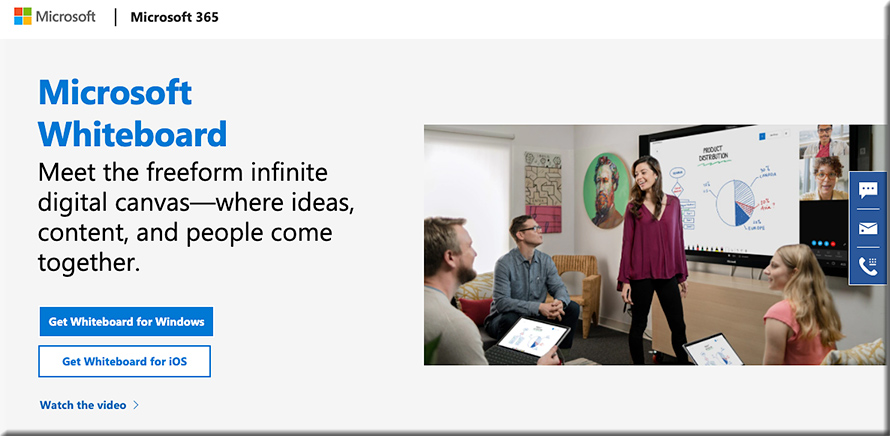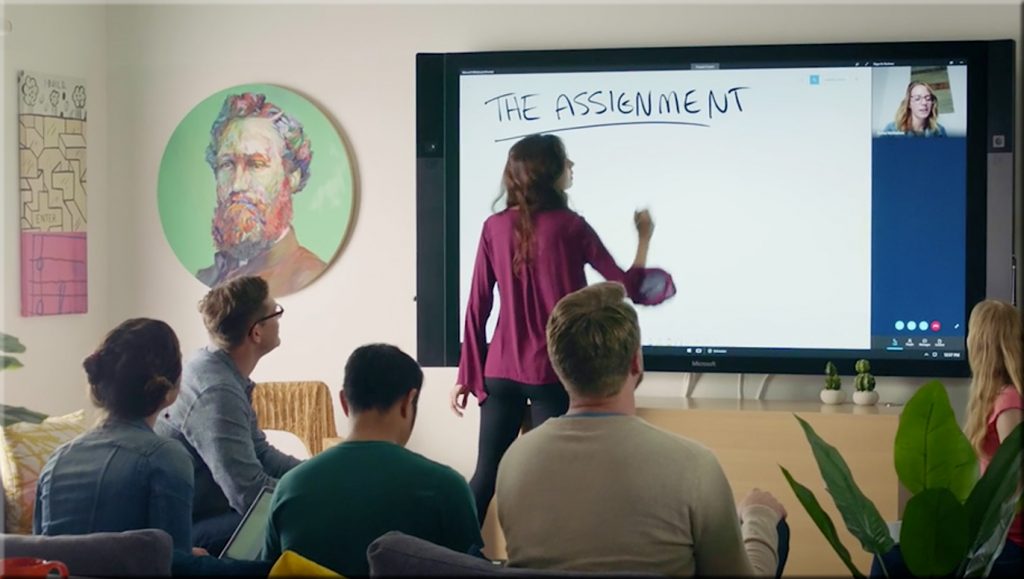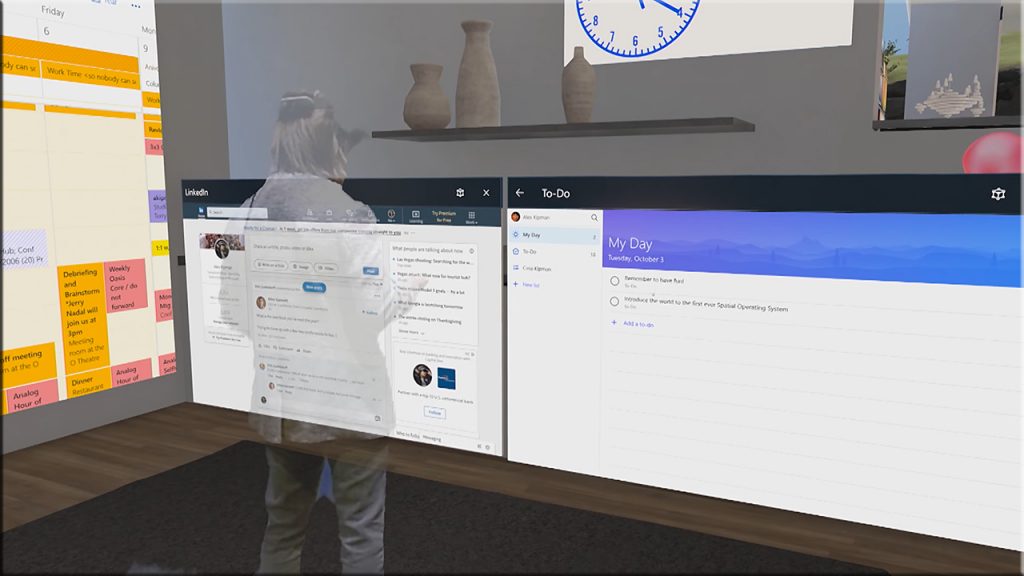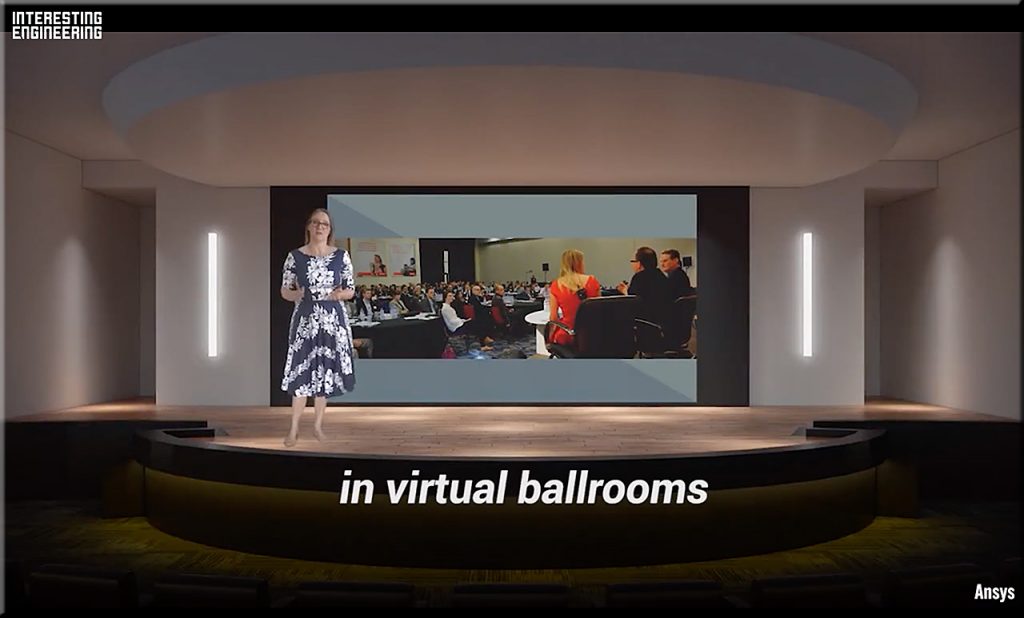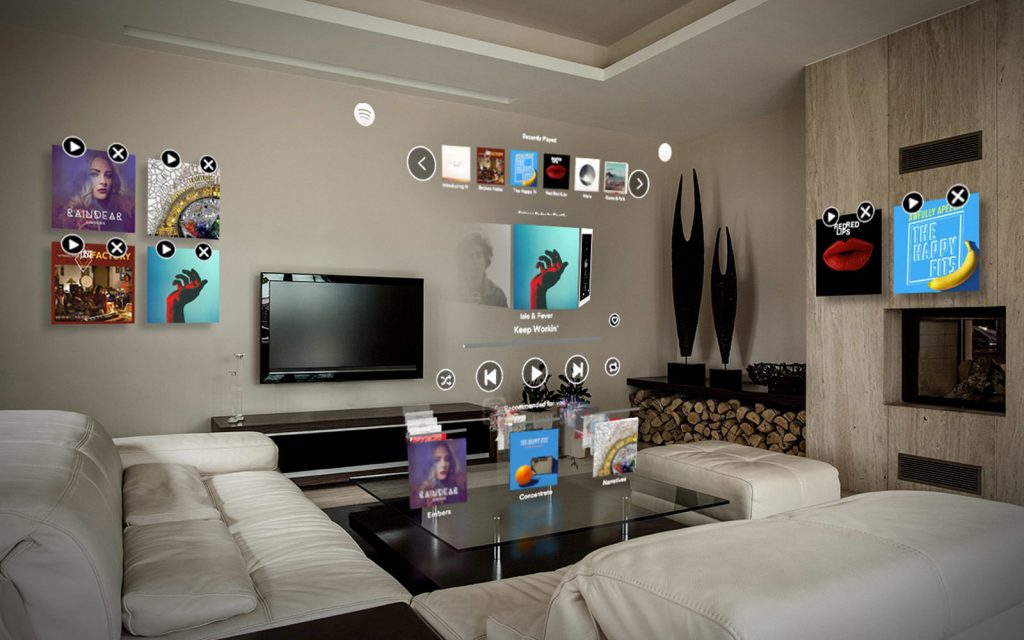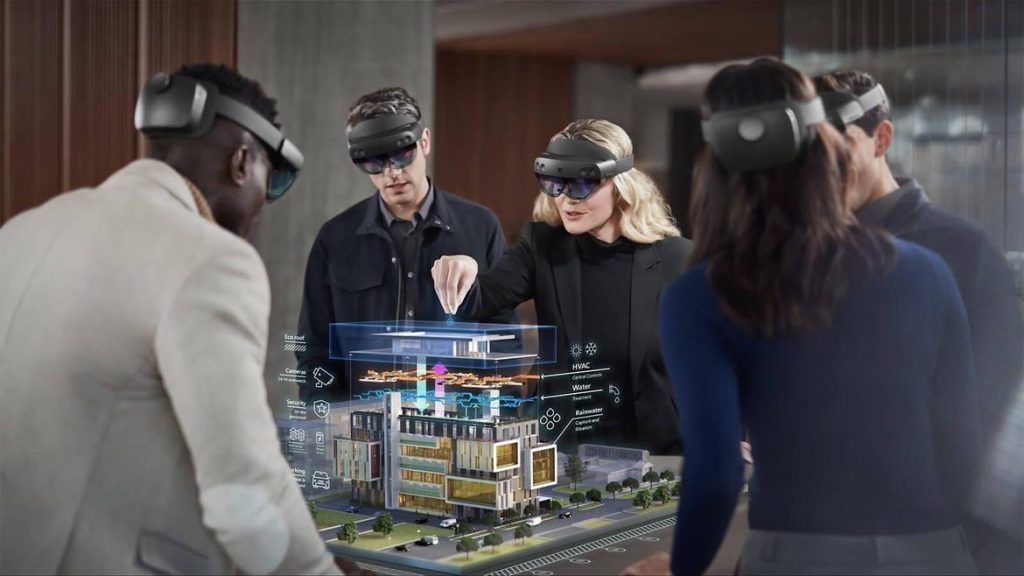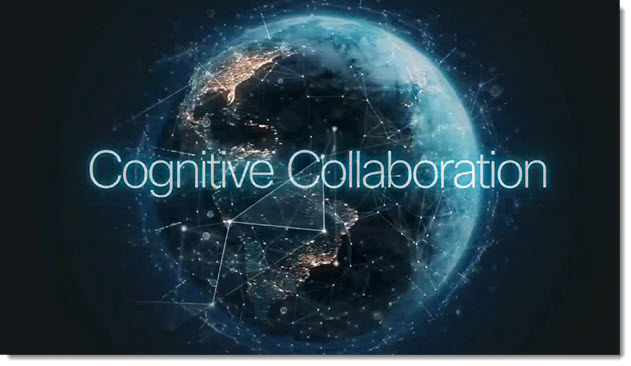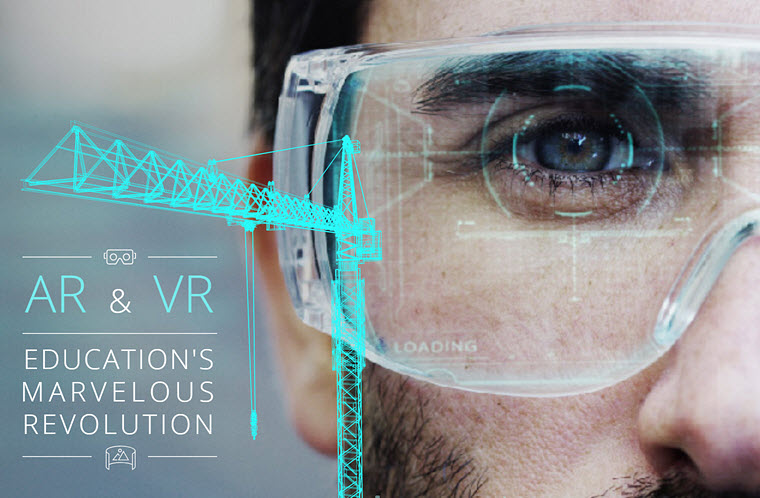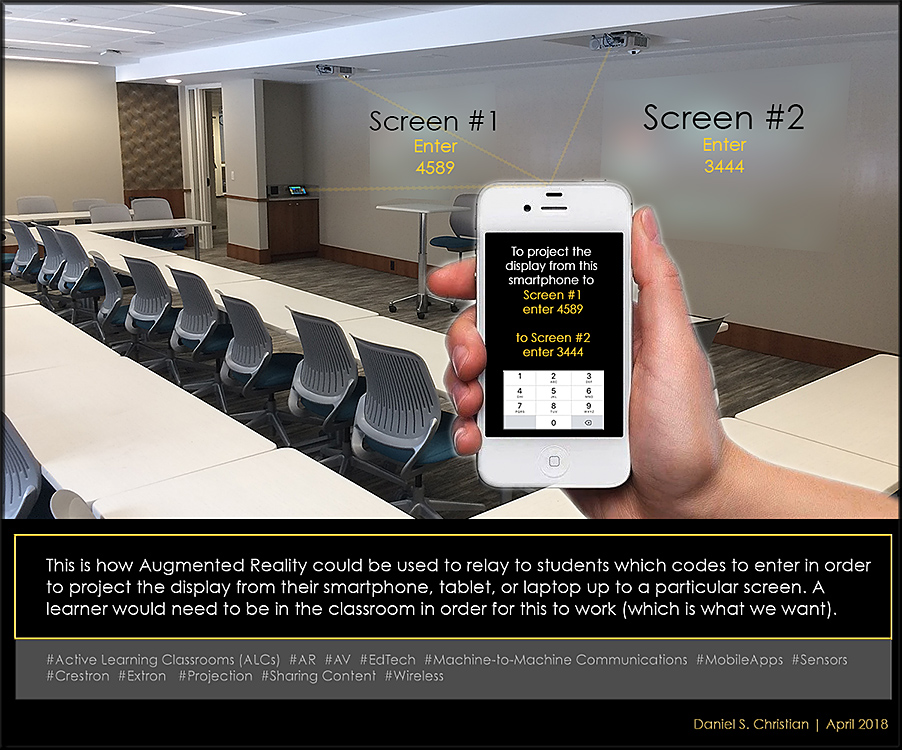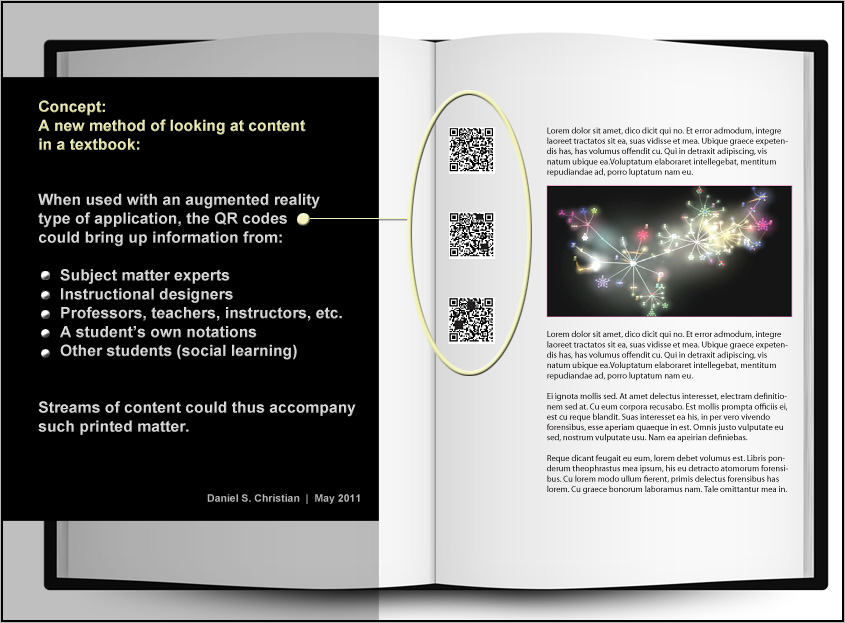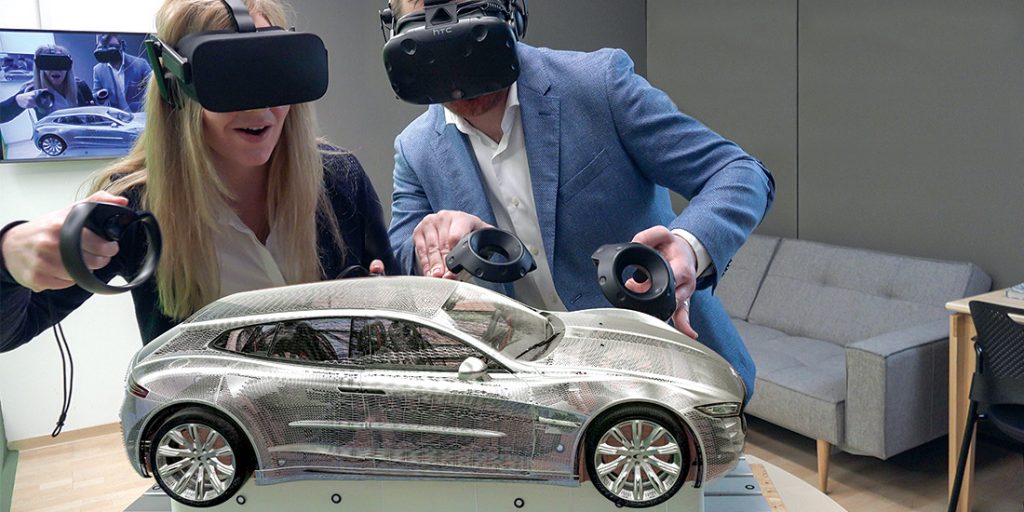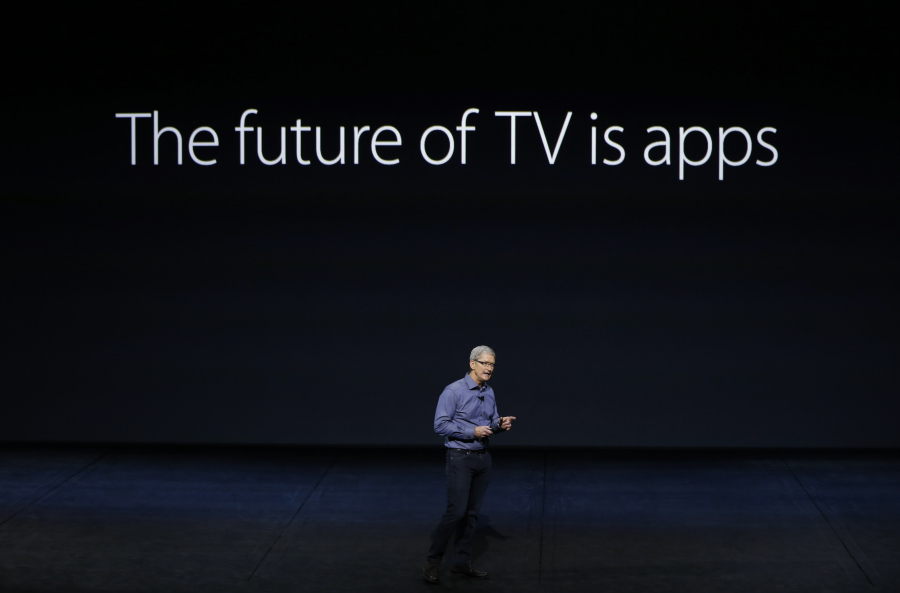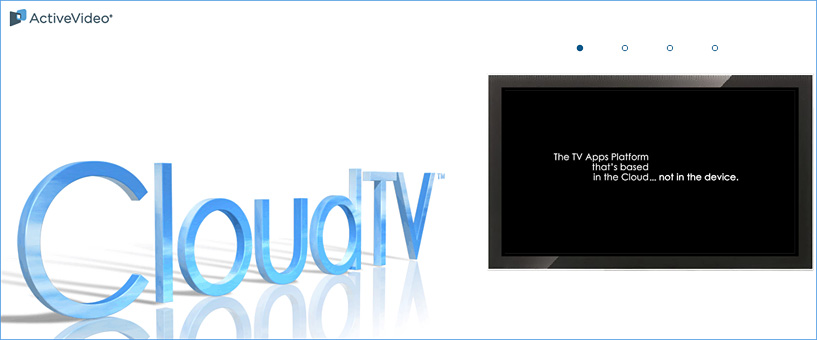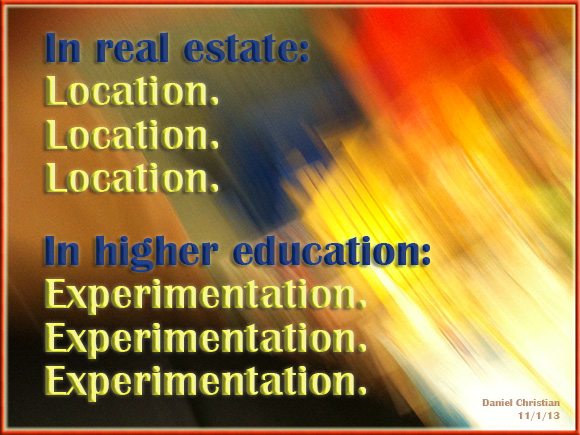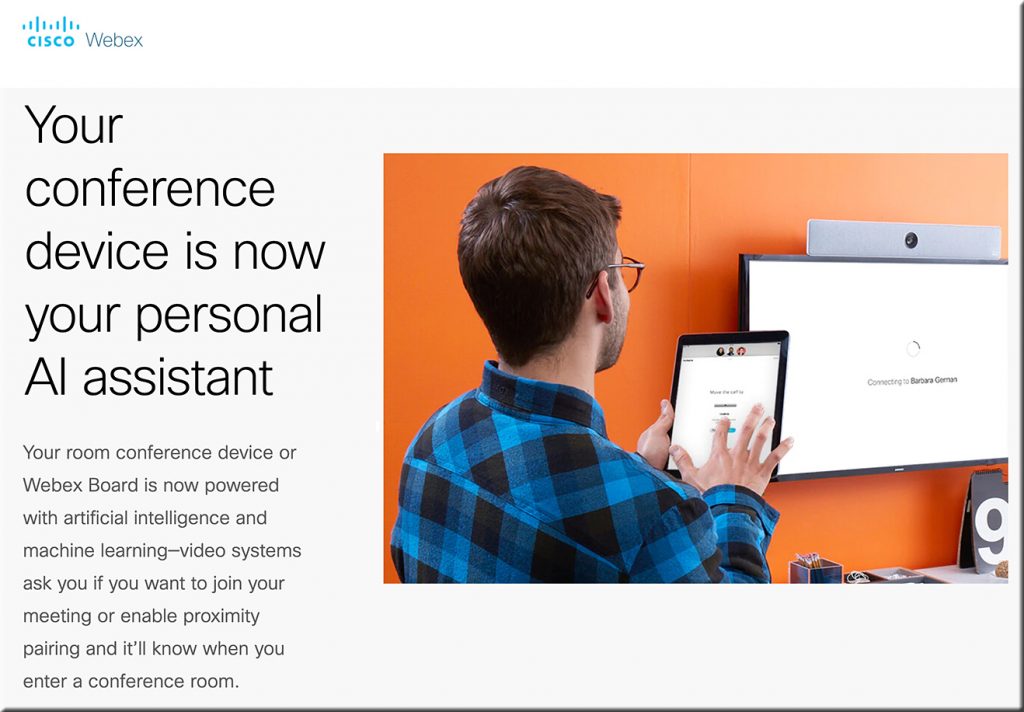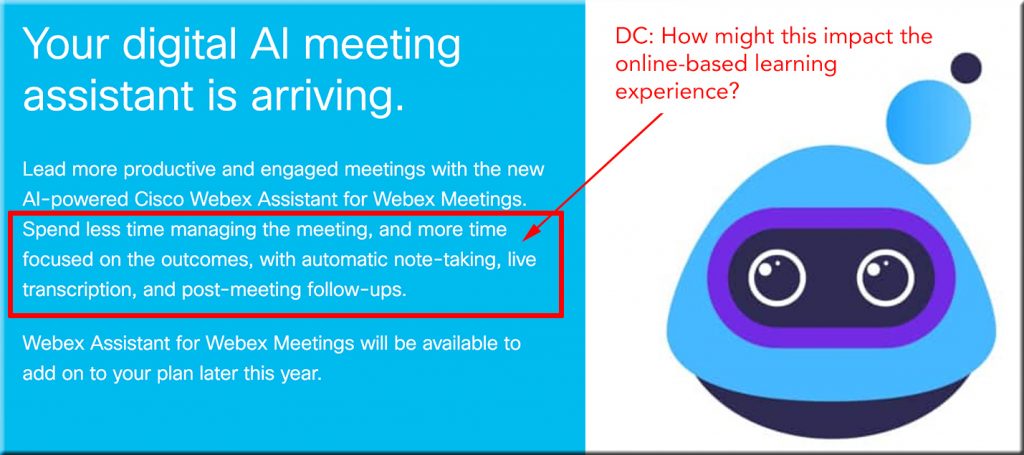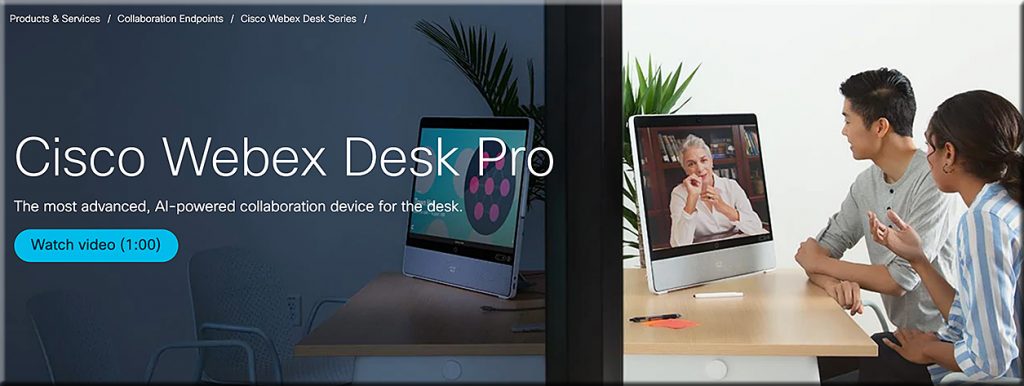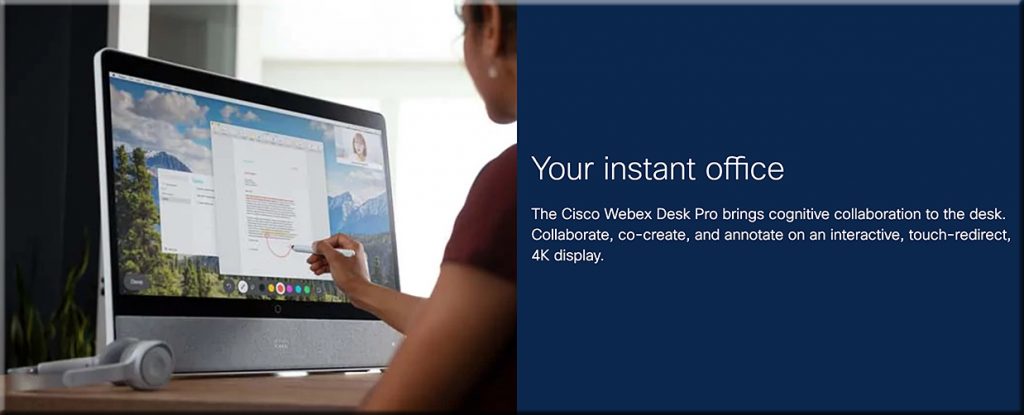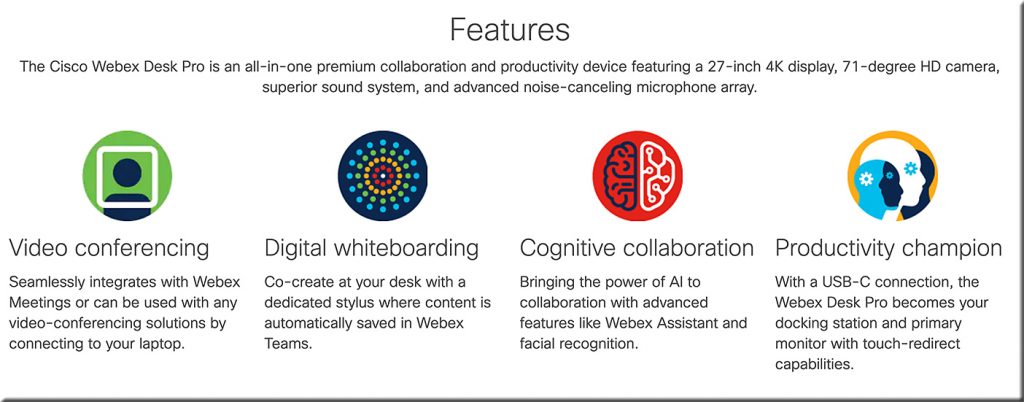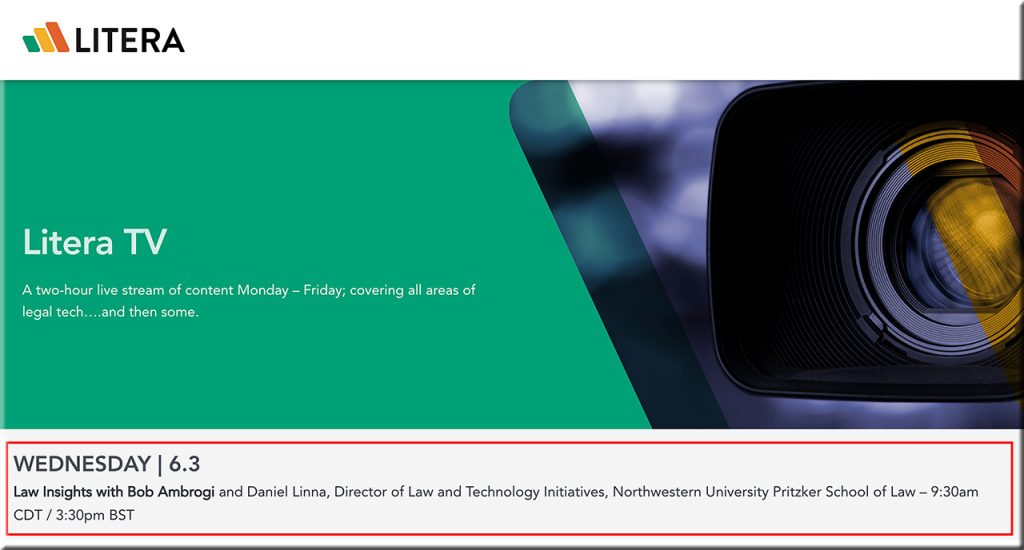Also see:
Zoom for Home – DTEN ME is an all-in-one personal collaboration device for your home office
Care over IP — from Inavate EMEA October 2020
Care over IP The Covid-19 outbreak has put working from home centre stage, but what happens when you work in a hospital? Paul Milligan speaks to those proving remote/virtual alternatives for patient care.
From DSC:
I continue to wonder how telelegal will be impacted by what’s happening with telehealth/telemedicine/virtual health…my guess is that telelegal will also grow quite a bit in the future.
Addendum on 9/25/20, below is an excerpt from a press release sent to me by Ashley Steiger at AristaMD:
University of Colorado School of Medicine and AristaMD Partner to Expand eConsults to Community Providers
SAN DIEGO – Sept. 22, 2020 – AristaMD, an innovative telehealth platform that delivers primary care providers (PCPs) timely and documented specialist insight through eConsults, has partnered with the University of Colorado School of Medicine (CU) to expand eConsults to a network of community providers. The partnership begins with Salud Family Health Center, which has 13 clinic locations and serves communities in northeast and southeast Colorado.
“AristaMD is pleased to be working with our first partner that is a part of the Association of American Medical Colleges’ Project CORE: Coordinating Optimal Referral Experiences. We can support health systems, including those already using eConsults within their own electronic health records (EHR), to more broadly expand to clinics on any system,” said Brooke LeVasseur, CEO of AristaMD. “The AristaMD platform works with all EHRs, seamlessly integrates into physician workflows, and will allow us to scale to community providers throughout the state of Colorado as the partnership grows.”
Also see:
Hear five chief justices read Goodnight Status Quo, a loving tribute to Goodnight Moon.https://t.co/hKWH8cQQiS
— Daniel Christian (@dchristian5) September 23, 2020
With thanks to Gabe Teninbaum for posting this in his Lawtomatic Newsletter| Issue #104, September 23, 2020
As Gabe points out, also see:
- Covid-19 Is Transforming The Legal Industry: Macro And Micro Evidence — from by Mark Cohen
Alphabet’s Loon starts beaming internet from balloons in Kenya — from cnbc.com by Ryan Browne
- Loon said its balloon-powered internet service will initially cover 50,000 square kilometers in western and central parts of Kenya.
- It aims to take a fleet of 35 balloons to the skies above eastern Africa “in the coming weeks.”
- The news represents a significant milestone after years of publicity about the Alphabet-owned venture.
Cisco takes a lesson from the coronavirus pandemic with new solutions for remote work and learning — from cnbc.com by Jordan Novet
Key points:
- Cisco has helped some of its customers set up remote work and education technologies. Now it wants to bring those capabilities to more organizations.
- While Cisco remains number one in the conferencing software as a service market, Zoom is becoming a bigger force.
Also see:
- Cisco CEO says the future of work will be a ‘hybrid model’ — from cnbc.com
Cisco Systems CEO Chuck Robbins discussed what changes he expects companies will make as the economy emerges from the coronavirus pandemic.
"Millions of people from all walks of life have quickly become familiar w/ interacting virtually from their homes. This has become a swift on-the-job-training for the patients of the future — a future that starts now."https://t.co/picYzFni5g
DC: #telelegal likely not far behind— Daniel Christian (@dchristian5) June 8, 2020
Healthcare will never be the same: 8 experts on the future of medicine around the globe — from fastcompany.com by Ruth Reader and Ainsley Harris
The leaders of the Mayo Clinic, Cleveland Clinic, Doctors Without Borders, and more tell us how healthcare is being transformed by the COVID-19 pandemic.
The second thing is we’re seeing technology innovations, such as virtual rounding done on an iPad and virtual [visits]. Before COVID hit, we were doing 3,000 virtual visits a month. In March, we did 60,000.
…
As a nation, we have been promising and not delivering on telehealth now for several years, and that has had to do with licensure, regulation, billing, but also just healthcare’s reluctance to change. With those barriers removed, we’ve been able to move from maybe 400 to 35,000 virtual visits a week.
…
Mental health and well-being should be part of our education. One of the most important things is how to communicate with people, how to disagree with people, how to have productive relationships. And yet we don’t learn any of this.
#telehealth #telelegal #future #change #healthcare
It’s gone ‘shockingly well’: America’s hospitals have embraced remote technology amid COVID-19 — from finance.yahoo.com by Daniel Howley
Excerpt:
To address that, Kapsner said that nurses and primary doctors who need to physically be in a room with a patient will still do so, but specialists and consulting physicians will remain outside, communicating with the primary doctor or nurse via Teams.
From DSC:
Can #telelegal be too far behind…?









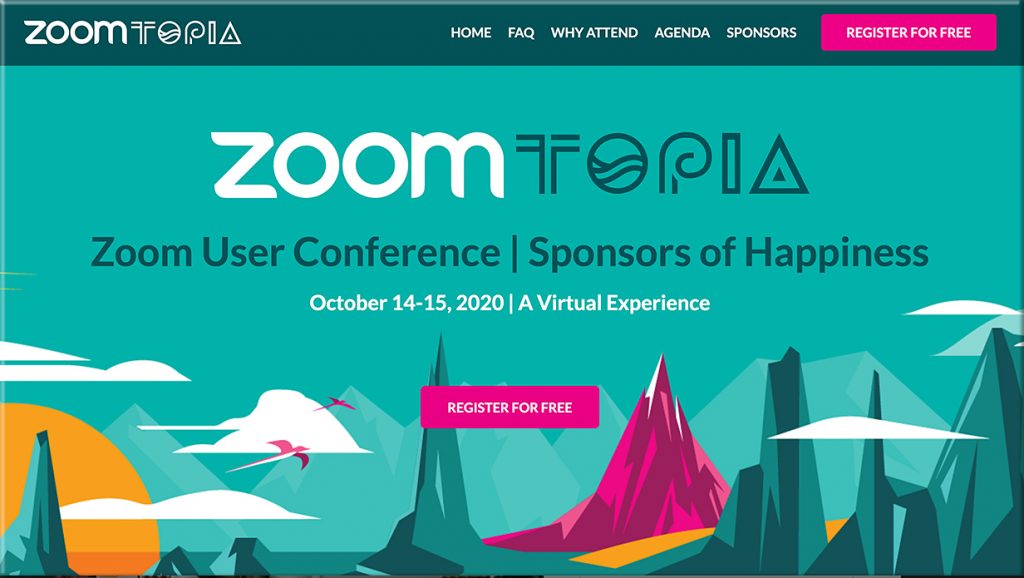
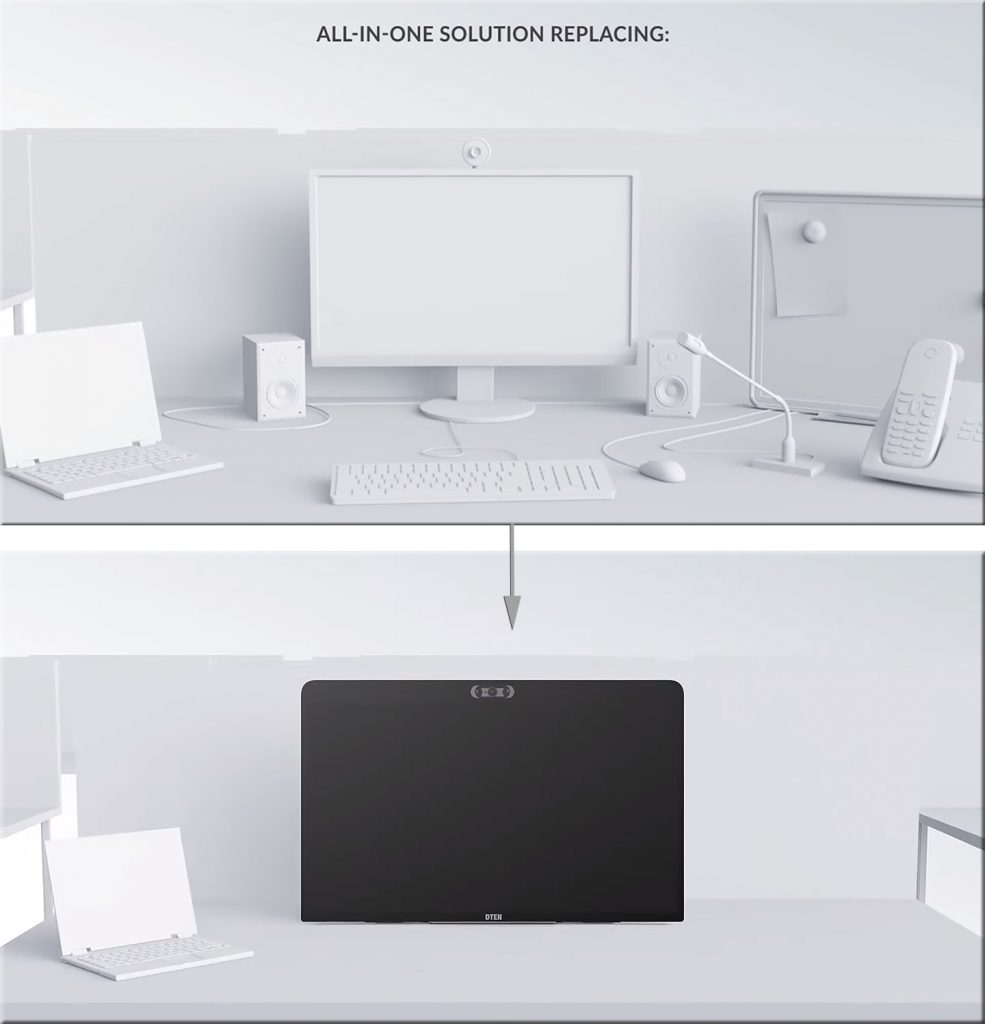
![Care over IP [Inavate EMEA; Covid's impact on remote healthcare continues]](http://danielschristian.com/learning-ecosystems/wp-content/uploads/2020/09/Covid-Impact-On-Remote-Healthcare-Sept2020.jpg)
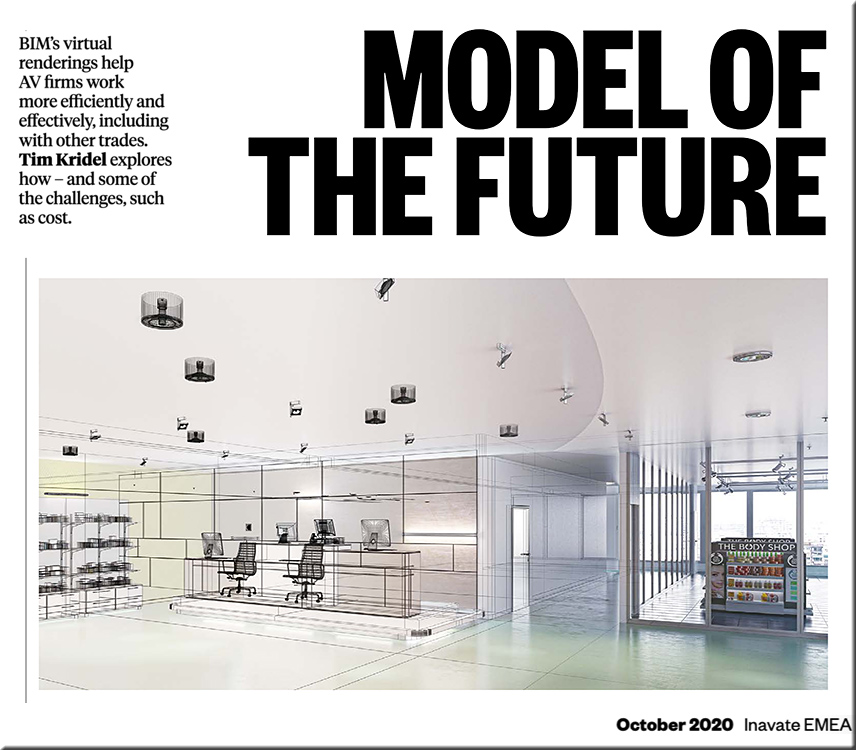
![Learning from the Living [Class] Room](http://danielschristian.com/learning-ecosystems/wp-content/uploads/2019/12/LearningFromTheLivingClassRoom2-DanielChristian-SM-1024x655.jpg)
